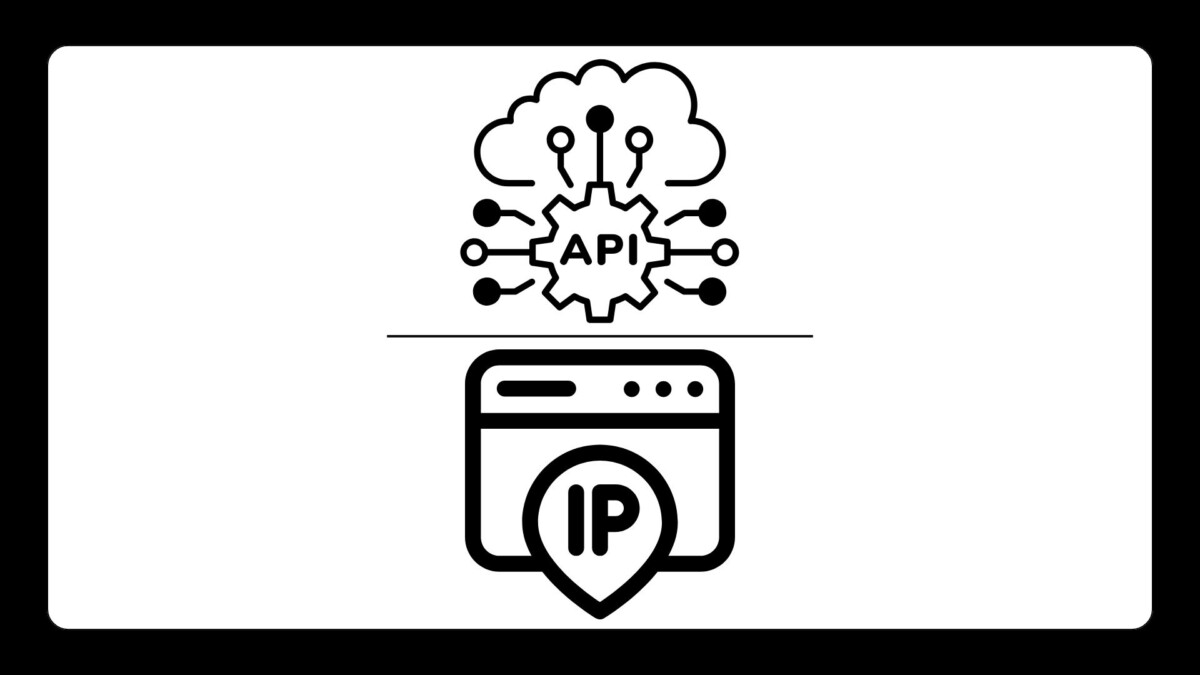With cyber threats evolving rapidly, companies must implement robust security measures to detect and mitigate malicious traffic. One such measure is ipXapi’s IP Abuse Detection API, an advanced tool designed to identify and block harmful traffic from IP addresses, safeguarding online platforms from a variety of cyberattacks.
What is the IP Abuse Detection API?
This API is a powerful tool that helps detect and block malicious IP traffic. Cybercriminals use a variety of methods to infiltrate systems, from launching Distributed Denial of Service (DDoS) attacks to scraping content, stealing sensitive data, or attempting fraud. Identifying malicious traffic as early as possible is critical in minimizing damage. This is where ipXapi’s IP Abuse Detection API comes into play.
The core function of the API is to identify and block IP addresses involved in abusive behaviors. It analyzes incoming IP traffic to determine whether an IP is part of an abusive network or associated with known malicious activities, such as spamming, botnets, or DDoS attacks. The API draws from a constantly updated database that tracks the reputation of IP addresses globally, providing real-time intelligence about potential threats.
Furthermore, the IP Abuse Detection API uses ASN (Autonomous System Number) data, geolocation, and other key parameters to detect patterns associated with cyberattacks. The API works by analyzing the IP address’ history and behavior to predict whether it’s likely to be harmful. This provides businesses with a proactive approach to cybersecurity, reducing the chances of an attack before it happens.
How Does the IP Abuse Detection API Work?
The mechanics of ipXapi’s IP Abuse Detection API are both straightforward and effective. When a request comes in from a particular IP address, the API assesses several factors to determine whether it poses a threat. Here’s a breakdown of how it works:
- IP Reputation Analysis: The API checks the incoming IP against a global database of known abusive IPs. If an IP has been flagged for malicious activities such as spamming, DDoS, or bot behavior, the API will immediately block it. This database is constantly updated, ensuring that businesses are always protected against the latest threats.
- Behavioral Analysis: The API also looks for abnormal patterns of behavior, such as unusually high traffic volumes, repeated requests to the same resource, or traffic originating from suspicious geographical regions. For instance, a high volume of requests from a specific IP in a short period might indicate a botnet attack. The API flags such anomalies for further analysis or automatic blocking.
- Geolocation and ASN Data: Another powerful feature of ipXapi’s IP Abuse Detection API is its integration with geolocation and ASN data. This allows businesses to not only detect the location of the incoming traffic but also determine the ASN or the network it originates from. If the traffic comes from a region known for malicious activity or from an ASN with a history of abuse, the API can block it instantly. This geolocation and ASN data help businesses make informed decisions about which IPs to trust.
The IP Abuse Detection API is designed to detect a wide range of malicious traffic types, each with distinct characteristics. Understanding these common threats helps businesses realize the value of integrating the API into their security infrastructure. Fraudulent activities such as account takeovers, credit card fraud, and fake registrations can be devastating to businesses. The API can identify IPs originating from high-risk regions or from known proxies used for fraudulent activities. By blocking these IPs, businesses can prevent financial losses and ensure that only legitimate users interact with their platform.



